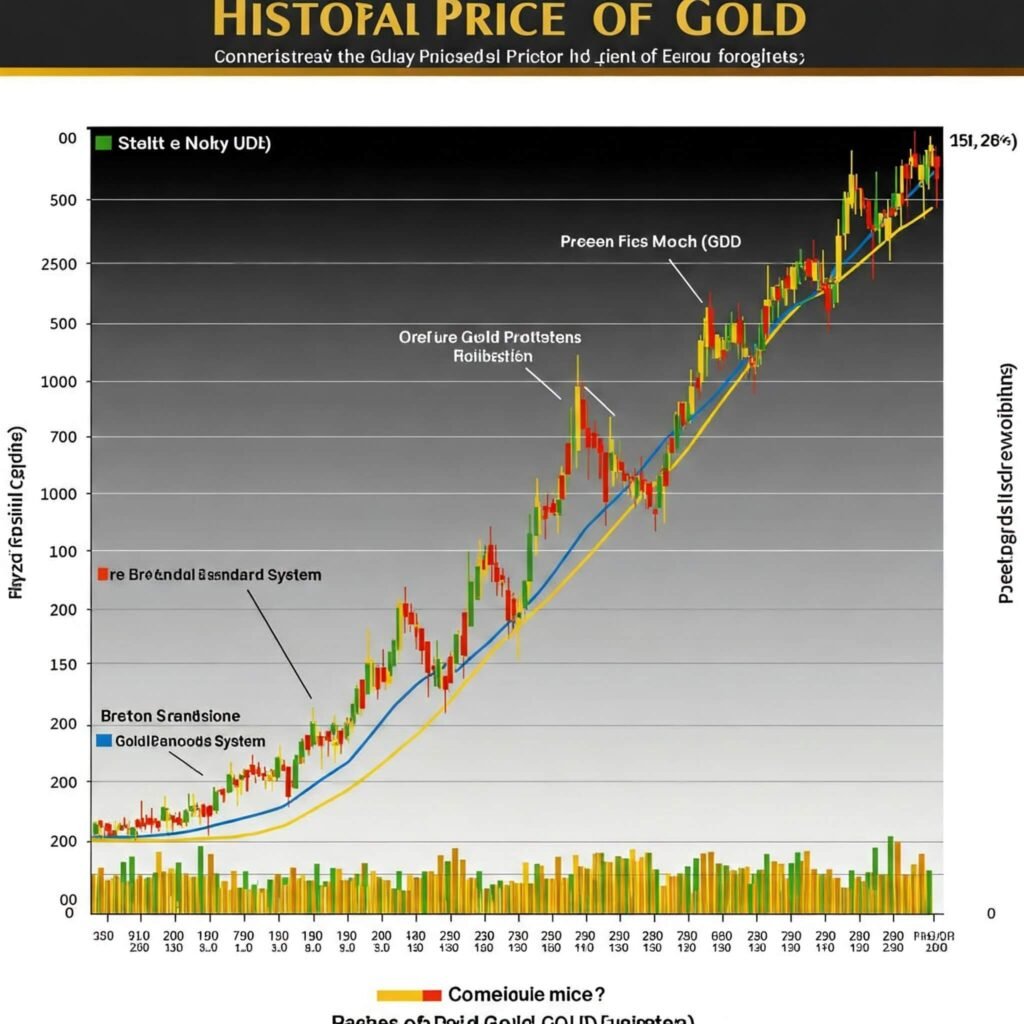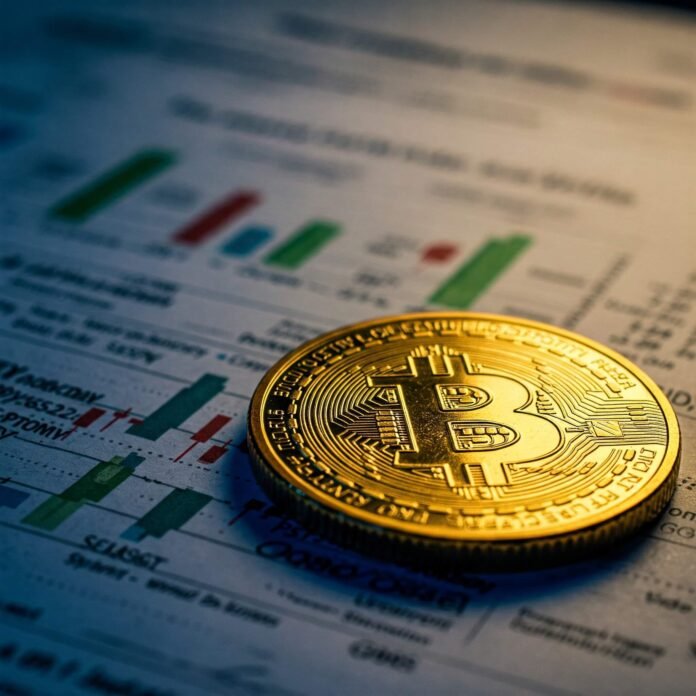Understanding the future direction of the gold market is crucial for investors and market watchers alike. The shimmering allure of gold has captivated for centuries, acting as a safe-haven asset and inflation hedge. But will current gold market dynamics indicate a price surge or a downward trend? Deciphering the interplay of economic indicators, geopolitical events, and market sentiment is key to navigating the gold market.

Decoding the Drivers: Factors Influencing Gold Prices
Several pivotal factors constantly shape the gold market, influencing price movements. Let’s explore some key determinants:
Economic Uncertainty and Gold’s Safe-Haven Appeal

Historically, gold has acted as a safe haven during times of economic instability. When stock markets falter or geopolitical tensions escalate, investors often seek the security of gold, driving prices up. For example, the 2008 financial crisis saw a significant increase in gold demand. (Outbound Link: [Link to a reputable financial news source discussing gold’s safe-haven appeal]) You might also find our previous post on [Internal Link to a blog post about safe-haven assets] insightful.
Inflation, Currency Fluctuations, and the Gold Market
The relationship between inflation and the gold market is significant. Gold is often viewed as an inflation hedge, maintaining its value as fiat currencies weaken. Furthermore, currency fluctuations, particularly the strength of the US dollar, impact the gold market. A weaker dollar typically makes gold more attractive to international buyers. For a deeper dive, consider this analysis of currency impacts on commodities (Outbound Link: [Link to a reputable financial analysis site on currency and commodity correlations]).
Interest Rates: A Key Factor in Gold Valuation
Interest rates play a vital role in the valuation of gold. Unlike interest-bearing assets, gold offers no yield. Higher interest rates can increase the opportunity cost of holding gold, potentially leading to price declines. Conversely, lower rates can make gold more appealing. Our analysis of interest rate impacts on investments [Internal Link to a blog post about interest rates and investments] provides further context.
Supply and Demand Dynamics in Precious Metals
Fundamental supply and demand forces are crucial for understanding the price of precious metals like gold. Mining production, central bank activities (buying or selling), and jewelry demand all contribute to the supply-demand equation. Increased demand from emerging economies, for instance, can support higher gold prices. You can find detailed supply and demand statistics here (Outbound Link: [Link to a report on global gold supply and demand trends]).
Navigating the Future: Will Gold Prices Rise?
Predicting the future of the gold market is challenging. However, current factors suggest potential upward pressure on gold prices:
- Persistent Inflation Concerns: If inflation remains high, investor interest in gold as a hedge may continue.
- Geopolitical Instability: Ongoing global tensions can fuel safe-haven demand.
- Potential Economic Slowdown: Fears of recession could increase the appeal of gold.
Navigating the Future: Will Gold Prices Fall?
Conversely, certain conditions could lead to a downward trend in the gold market:
- Aggressive Interest Rate Hikes: Central banks aggressively tightening monetary policy could dampen the appeal of gold.
- Stronger US Dollar: A strengthening dollar could make gold less attractive internationally.
- Improved Economic Outlook: A strong economic recovery might reduce the need for safe-haven assets.
Actionable Takeaways for Understanding the Gold Market
- Stay Informed: Monitor global economic news and central bank policies.
- Diversify Your Portfolio: Integrate gold thoughtfully within a broader investment strategy.
- Assess Your Risk Tolerance: Understand the inherent volatility of gold prices.
- Seek Professional Guidance: Consult a financial advisor for personalized advice.

In conclusion, the gold market presents a complex interplay of factors influencing price movements. While historical data and current conditions offer valuable insights, the future remains dynamic. By staying informed and understanding the key drivers of the gold market, investors can navigate this market with greater understanding.




